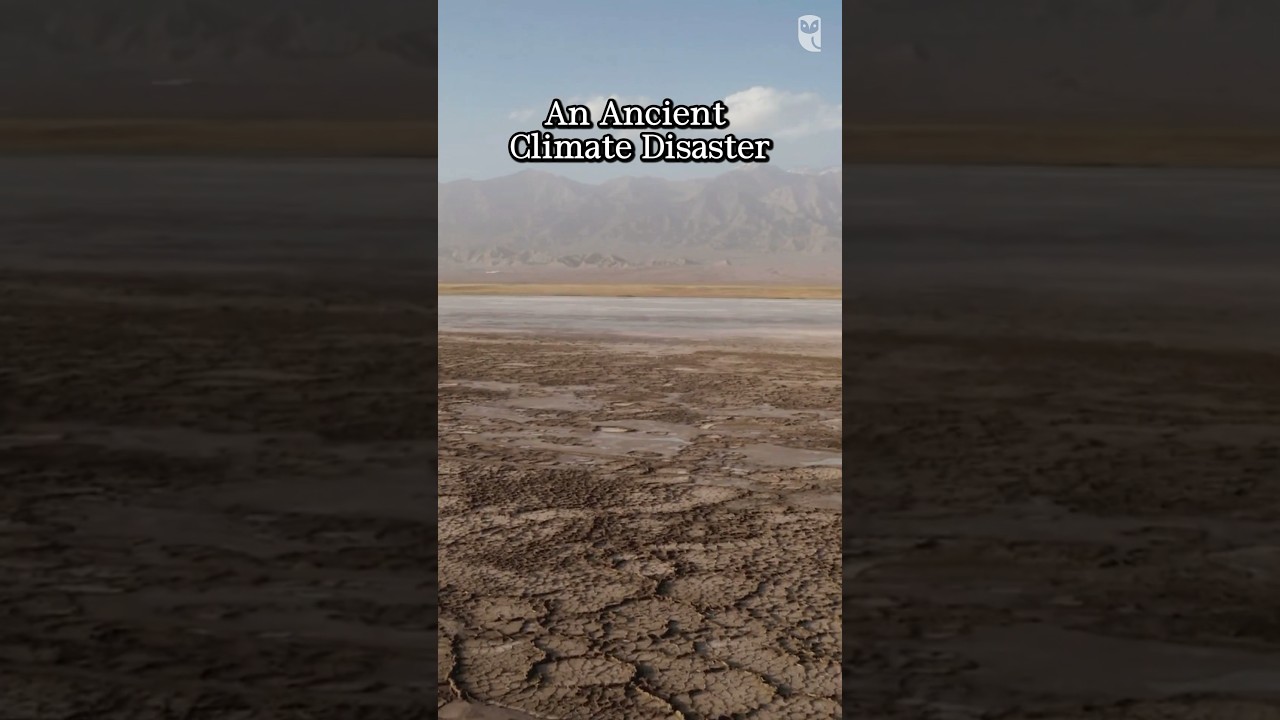
Journey back to around 2200 BCE, a time of dramatic climatic upheaval that caused severe shifts in weather patterns, leading to prolonged droughts and cooler temperatures. This period, known as the 4.2-kiloyear event, is believed to have played a crucial role in the downfall of several ancient civilizations.
In Mesopotamia, the mighty Akkadian Empire unraveled as rivers dwindled and crops failed, resulting in famine, social uprisings, and eventual collapse. Similarly, Egypt’s Old Kingdom faced widespread hunger and social turmoil due to diminished Nile floods. In China, the Liangzhu culture abandoned its cities as agricultural sustenance became impossible, while the Indus Valley Civilization saw its populations disperse with the drying up of their river systems.
This video explores the profound impact of the 4.2-kiloyear event on human history, highlighting how environmental factors significantly influenced the fate of these early societies. Join us as we delve into this pivotal moment in history and uncover the intricate link between climate change and the rise and fall of ancient civilizations.
source




Bureau of Imaginary problems Climate change division